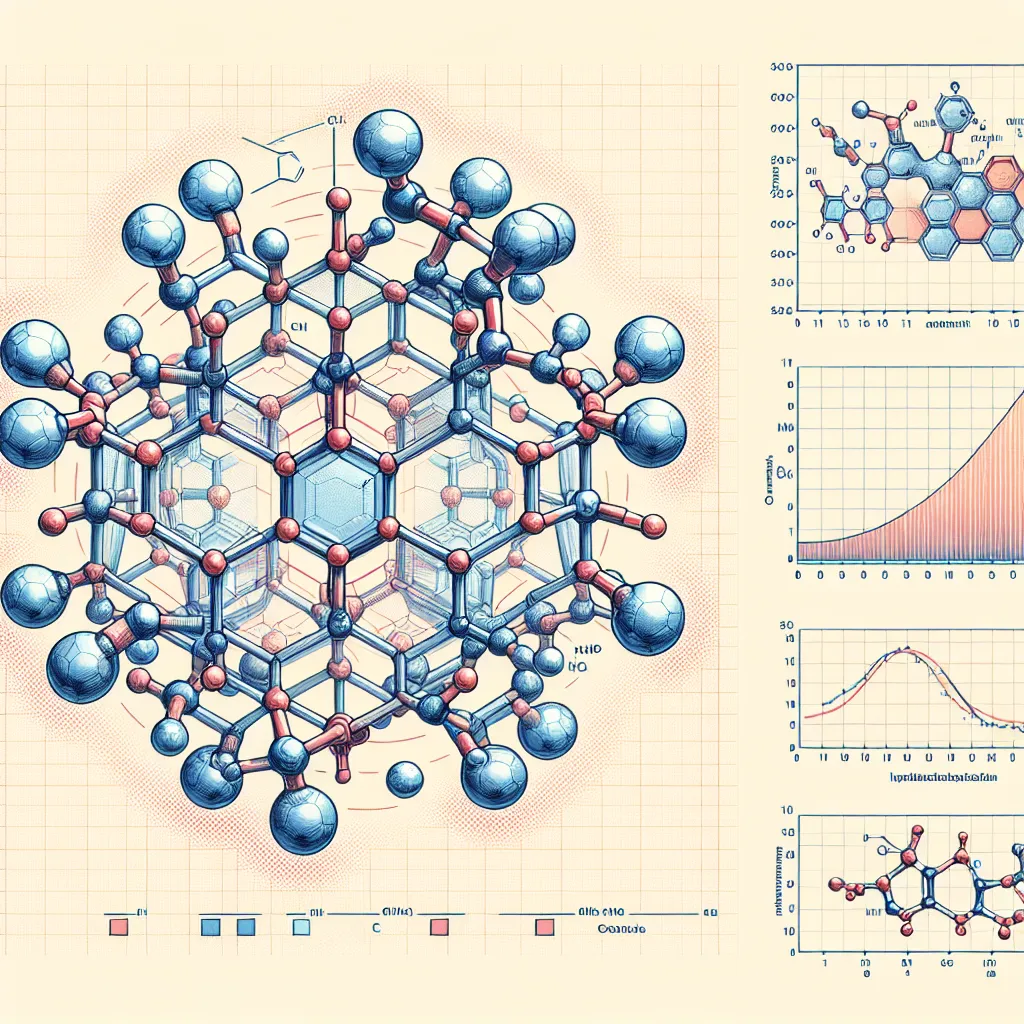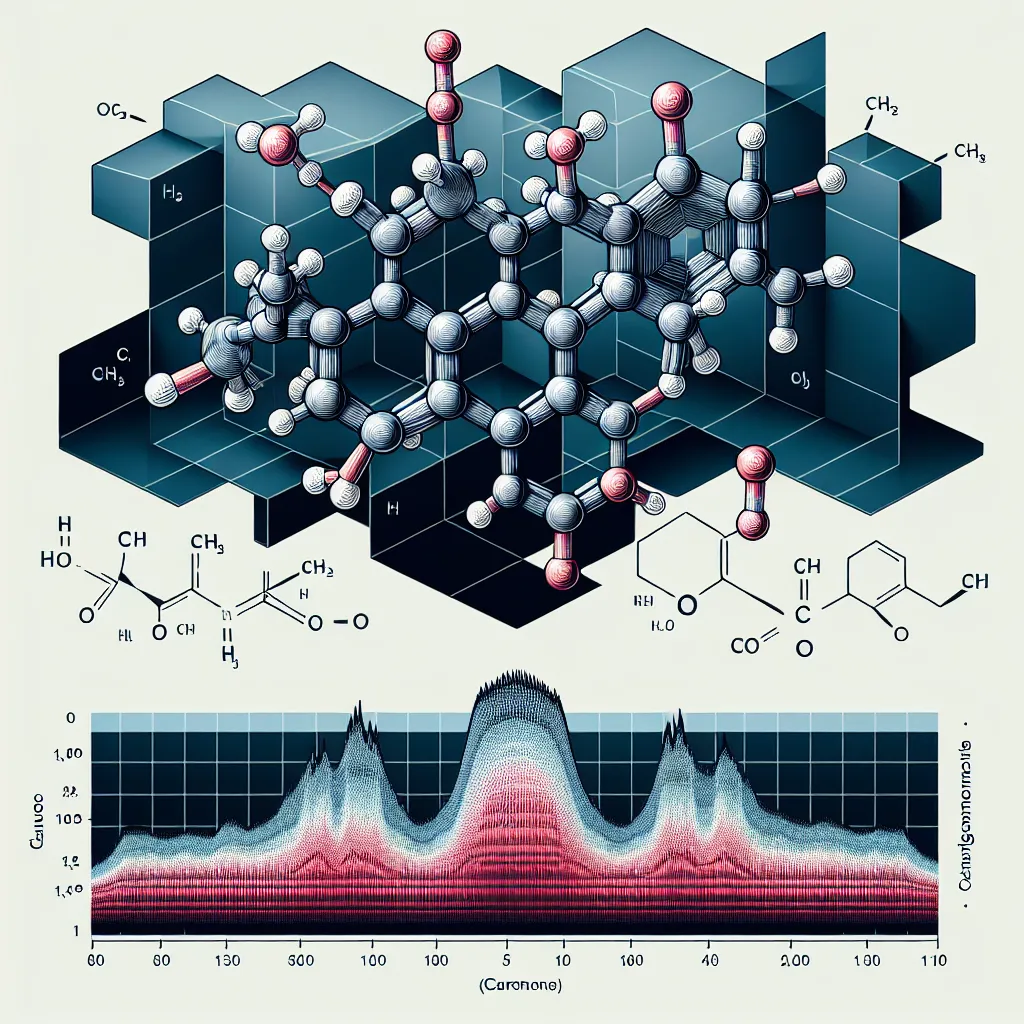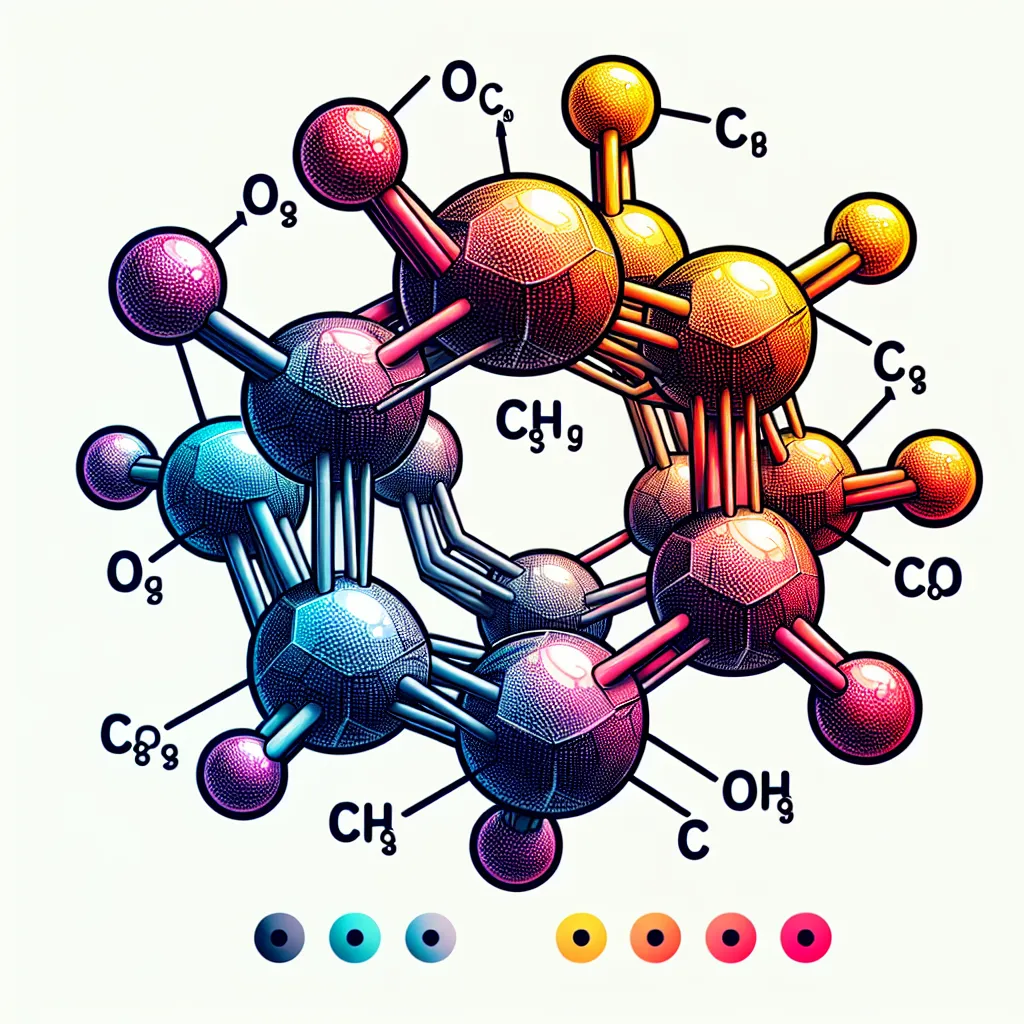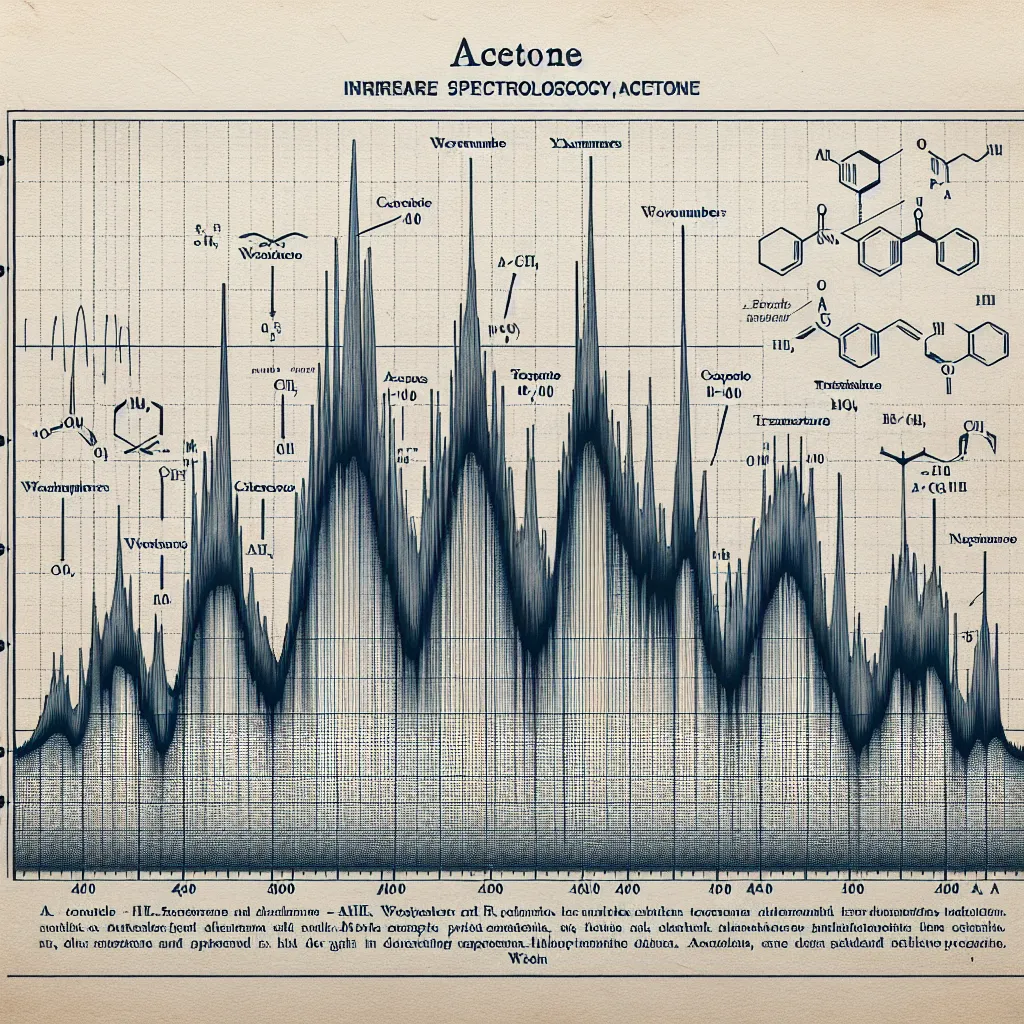Ask AI on The Internet
Infrared (IR) spectroscopy is a powerful analytical technique used to identify compounds and investigate the molecular structure based on the absorption of IR radiation by different chemical bonds in a molecule. When discussing the IR results of cyclohexane, we primarily focus on specific absorption bands that correspond to various vibrational modes of the molecule. 1. **C-H Stretching Vibrations**: - Cyclohexane has sp³ hybridized carbon atoms, and each carbon atom is bonded to two hydrogen atoms. - The C-H stretching vibrations in cyclohexane usually appear in the range of **2850 to 2960 cm⁻¹**. These peaks are characteristic of alkanes, and due to the symmetric nature of cyclohexane, they typically exhibit multiple overlapping peaks within this range. 2. **C-H Bending Vibrations**: - The C-H bending vibrations, also known as scissoring, rocking, wagging, and twisting motions, appear in the **1350 to 1480 cm⁻¹** region. - In cyclohexane, these bending vibrations are again characteristic of its alkane structure and provide further confirmation of the presence of C-H bonds. 3. **Fingerprint Region**: - The region below 1500 cm⁻¹ is known as the fingerprint region and is typically more complex due to the various bending and stretching vibrations superimposed upon each other. - For cyclohexane, notable peaks within the fingerprint region might include: - **1450 and 1365 cm⁻¹**: These are due to the CH₂ bending vibrations. - Other peaks within this region can be attributed to the convoluted nature of the multiple CH₂ groups interacting in the cyclic structure. It’s also worth mentioning that as cyclohexane is a non-polar molecule, its IR spectrum will primarily consist of peaks associated with the vibrations of the non-polar C-H bonds. There are no significant sharp peaks from polar functional groups or other heteroatoms. In summary, the key IR absorption bands for cyclohexane center around: - C-H stretching vibrations: **2850 - 2960 cm⁻¹** - C-H bending vibrations (scissoring, rocking, wagging, and twisting): **1350 - 1480 cm⁻¹** - Additional absorptions in the fingerprint region below 1500 cm⁻¹ provide further confirmation of the macro structure, especially through the characteristic CH₂ bending vibrations. Understanding and interpreting these absorption bands can effectively confirm the presence of cyclohexane and provide insights into its structural composition.
Think your answer is better than the AI's? Post it below.
Question Tags
If you want your question answered by an AI, click here.







Post your own comment: